How to Judge the Quality of Plastic Sheet Protective Film
2025-08-06
Quality Assessment Guidelines for Protective Films
1 Observe Material Uniformity
A high-quality protective film should have a smooth surface, free of visible bubbles, impurities, or scratches. When observed under light, the material thickness should be consistent, with no areas that are too thin or too thick. Cleanly cut edges, free of burrs or curling, reflect the meticulous production process and are a fundamental indicator of consistent quality.
2 Test Adhesion
After laminating to the plastic sheet, a high-quality protective film should adhere evenly, neither falling off due to insufficient adhesion nor becoming difficult to remove due to excessive adhesion. Gently pressing the edges with your fingers should reveal no noticeable warping or bubbles. The film should maintain a stable bond during normal use, with a slow rate of adhesion loss.
3 Check Environmental Resistance
Test protective film samples in various environments. High-quality products will not crack, shrink, or wrinkle when exposed to temperature or humidity fluctuations. After exposure to light for a period of time, the color will not show noticeable yellowing, and the material will not become brittle or hard, maintaining its original flexibility and protective properties.
4 Inspecting the Peeling Effect
High-quality protective films should peel smoothly and evenly, without any cracks or residual adhesive. After peeling, the plastic sheet surface should be clean and tidy, free of adhesive marks or stains. No additional cleaning is required. Even after a long period of lamination, peeling should maintain good peeling performance without damaging the sheet surface.
Key Quality Indicators
- Smooth, uniform surface without defects
- Consistent material thickness
- Clean, burr-free edges
- Optimal adhesion performance
- Resistance to environmental factors
- No yellowing or brittleness
- Clean peeling without residue
- Long-term performance stability
You Might Also Like
-
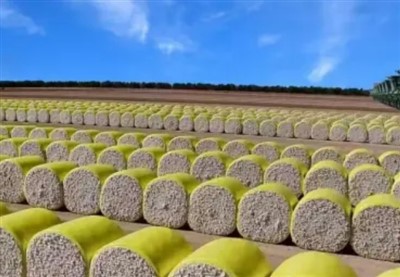
what are the advantages of cotton packaging film
-
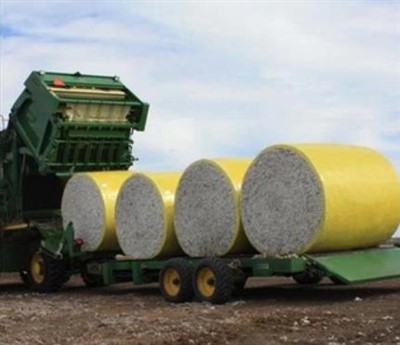
The Advantages of Cotton Wrap Film
-
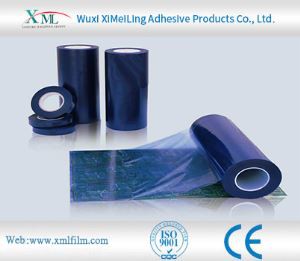
How does pe protective film cope with high temperature environment
-
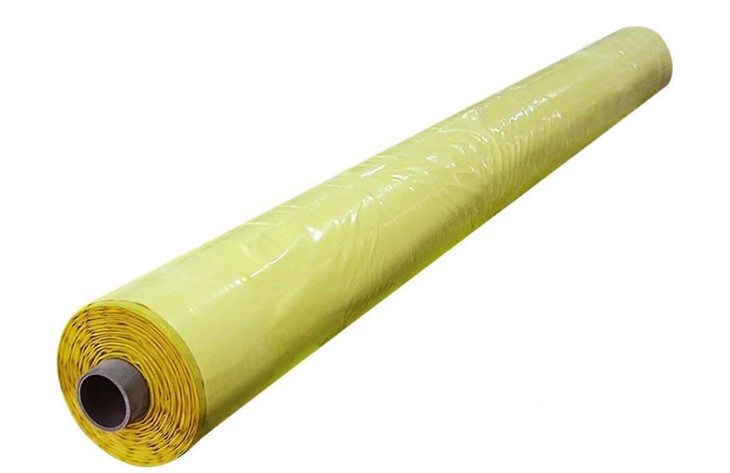
Advantages of Cotton Bale Wrap Film
-
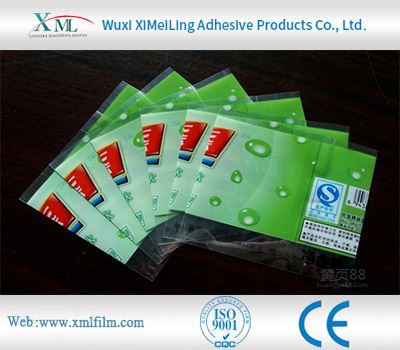
How Polyethylene Packaging Material Copes with High Temperature Environment
-
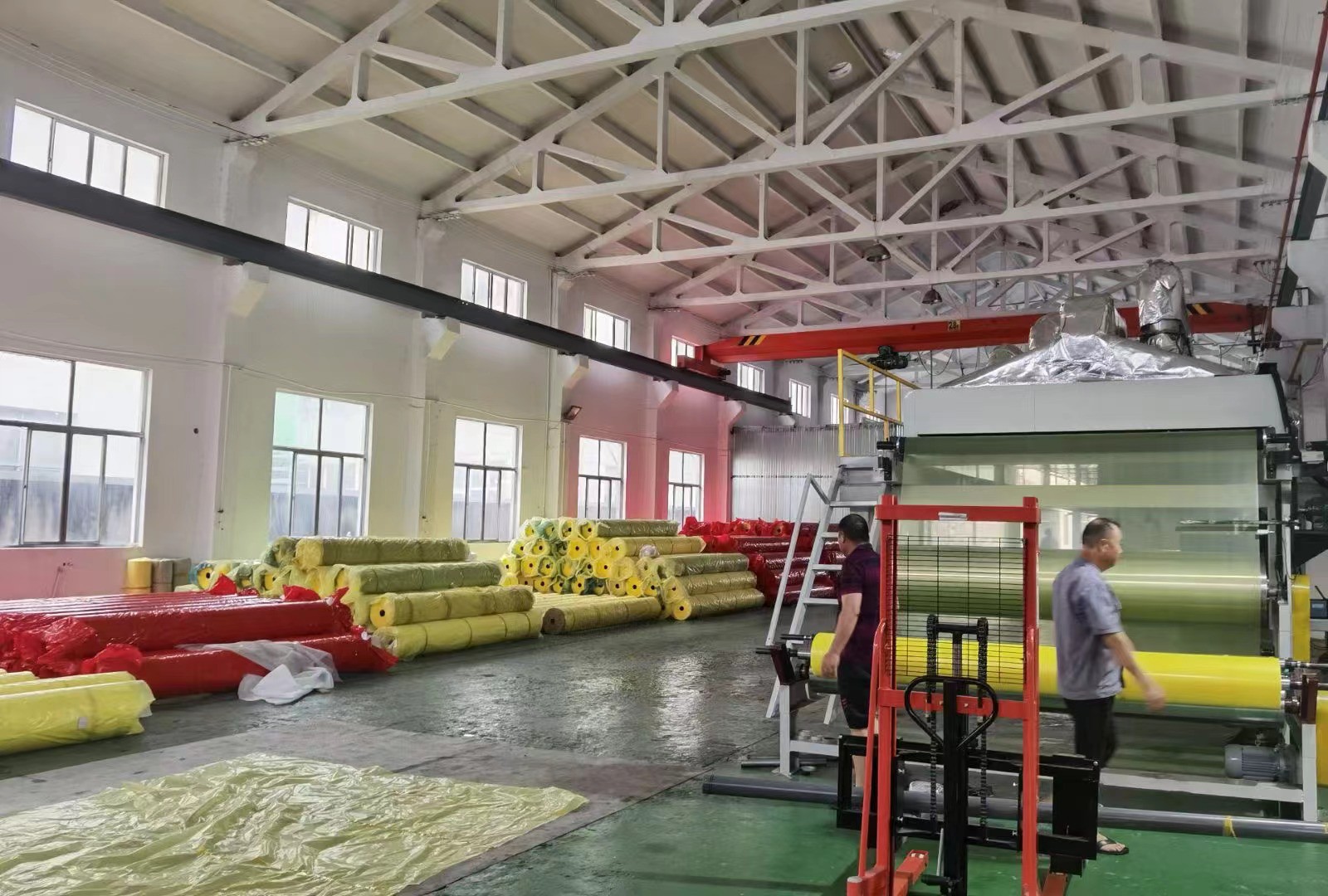
Storage method of cotton bale wrap film
